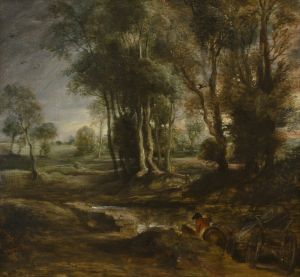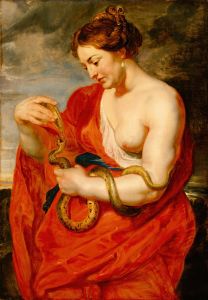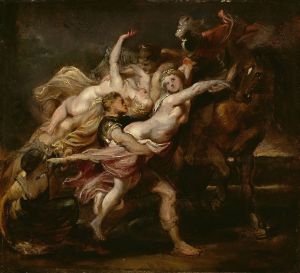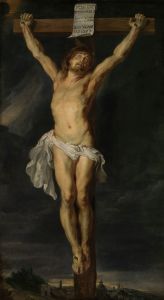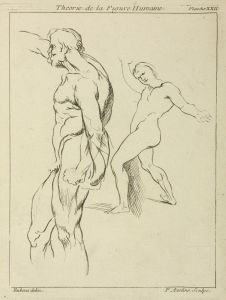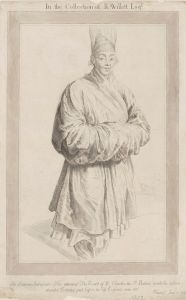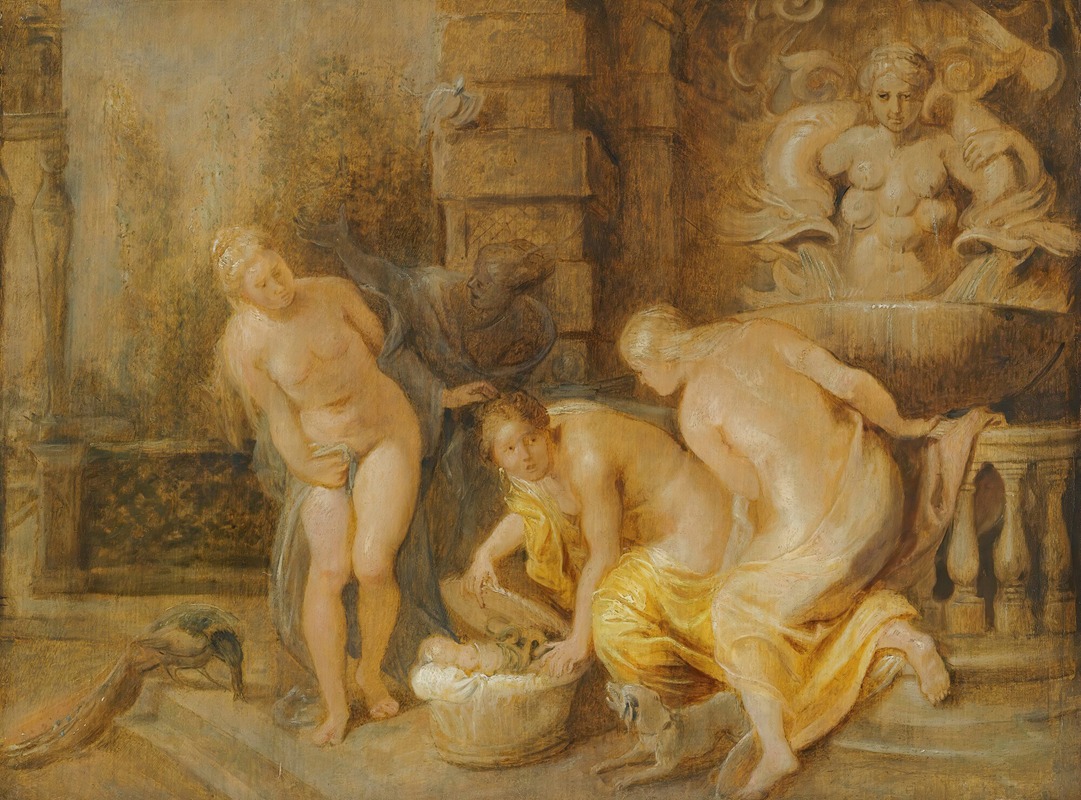
The Discovery Of The Baby Erichthonius By The Daughters Of Cecrops
A hand-painted replica of Peter Paul Rubens’s masterpiece The Discovery Of The Baby Erichthonius By The Daughters Of Cecrops, meticulously crafted by professional artists to capture the true essence of the original. Each piece is created with museum-quality canvas and rare mineral pigments, carefully painted by experienced artists with delicate brushstrokes and rich, layered colors to perfectly recreate the texture of the original artwork. Unlike machine-printed reproductions, this hand-painted version brings the painting to life, infused with the artist’s emotions and skill in every stroke. Whether for personal collection or home decoration, it instantly elevates the artistic atmosphere of any space.
Peter Paul Rubens' painting The Discovery of the Baby Erichthonius by the Daughters of Cecrops is a work that reflects the artist's mastery of mythological themes and his ability to convey dramatic narratives through dynamic compositions. The painting depicts a scene from Greek mythology, specifically the moment when the daughters of King Cecrops of Athens—Aglauros, Herse, and Pandrosos—discover the infant Erichthonius. According to myth, Erichthonius was a child born of the earth and Hephaestus, the god of fire and craftsmanship. The goddess Athena placed the infant in a chest and entrusted it to the daughters of Cecrops, instructing them not to open it. However, curiosity led them to disobey, and upon opening the chest, they discovered the child, often described as having serpent-like features.
Rubens, a prominent Flemish Baroque painter, is known for his vivid storytelling and use of dramatic lighting, movement, and emotion. In this painting, he captures the moment of revelation with a sense of tension and energy. The figures of the daughters are rendered with Rubens' characteristic attention to anatomy and expression, emphasizing their shock and curiosity. The infant Erichthonius is central to the composition, and the inclusion of serpentine elements in his depiction aligns with the mythological descriptions of his form.
The painting is notable for its rich color palette, dynamic composition, and the interplay of light and shadow, which are hallmarks of Rubens' style. These elements work together to create a sense of immediacy and drama, drawing the viewer into the mythological narrative. Rubens' ability to blend classical themes with his own artistic innovations made him one of the most celebrated painters of the Baroque period.
The exact date of the painting's creation is not definitively documented, but it is consistent with Rubens' broader body of work, which often explored themes from classical mythology and history. The painting is part of Rubens' extensive oeuvre, which includes numerous works inspired by ancient myths, biblical stories, and historical events.
As of now, the painting is housed in the Liechtenstein Museum in Vienna, Austria. It remains an important example of Rubens' engagement with classical mythology and his ability to translate these stories into compelling visual art.









